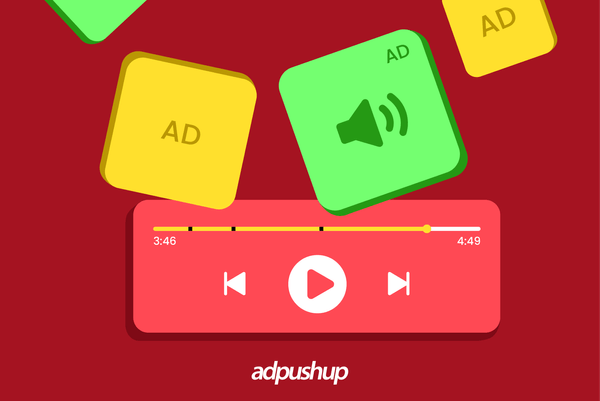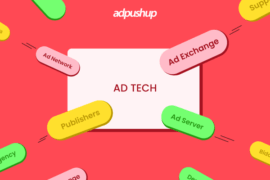Programmatic Audio Advertising is a form of digital ad that can be placed in the audio form of content like digital radio, podcasts, and music streaming services. Similar to other programmatic formats, it takes the assistance of the technology of algorithmic buying so that the process of ad insertion and selling can be automated. Learn more in this guide.
Picture this: a new way to make ads that sound great and reach just the right people. That’s Programmatic Audio Ads! Think of it like creating a special song for each person who want to hear it. But instead of a person, it’s an algorithm doing the work. To put it this way, it’s like music and technology coming together for advertising magic.
In this blog post, we’ll find out what they are, how they work, and why they’re a cool way to get your message out there. So, get ready to dive into the world of ads that sound as good as your favorite tunes!
What are Programmatic Audio Ads?
An easy way of looking at Programmatic Audio is an obvious and natural extension of the ecosystem comprising online advertisements. Audio has become an important part of the inventory mix, which has made it easier for publishers to connect with the audience.
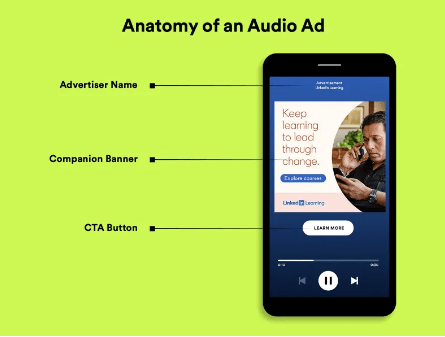
For example, LinkedIn Learning was formed through LinkedIn’s 2015 acquisition of Lynda.com. So they have huge soundstages and incredible studios for recording learning courses.
Automation in the purchase of impressions has become the very foundation of the online advertisement industry and has also efficiently streamlined the process by bringing together all efforts of digital advertisement under the single umbrella of the programmatic technology platform.
Now with the automatic insertion and selling of ads within various kinds of audio content in the form of Programmatic Audio advertising, advertisers are enjoying better targeting, measurement, and retargeting within a brand-safe environment for the execution of their campaigns with much more efficiency.
Here are some quick facts about programmatic audio ads:
Programmatic audios are equally efficient across all platforms – be it desktop, mobile, or in-app. In fact, the in-app format is the most favorable for most varieties of ad formats.
- Statista report states that by the end of the year 2023, expenditure for audio ads will account for US $8.95 billion.
- In the Digital Audio Advertising segment, 77% of total ad spending will be generated through mobile in 2027.
- With a projected market volume of US$4,898.00m in 2023, most revenue will be generated in the United States.
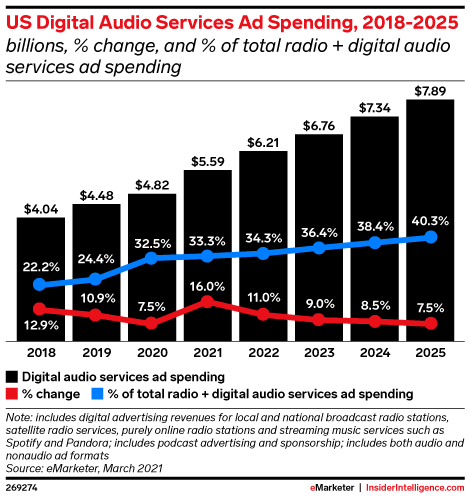
These stats are only indicative of how fast programmatic audio ads are rising, and the big players have either already implemented this or are considering the same.
Read More: Programmatic Audio: Google, AppNexus Bring Ads to a Playlist Near You
The root of this surge in interest probably stems from a number of changes in the ad world – ad processes getting optimized on a regular basis, the decline in all kinds of non-digital media, and their consequent conversion to digital counterparts.
The specality of the ad industry lies in the fact that they often closely follow the audience, and as such, the audience is turning closer and closer to music streaming services and podcasts.
But programmatic audio is something that needs a deeper understanding to be utilized to its full capacity.
Also Have a Look at – Programmatic Advertising: A Quick Guide For Publishers
How Does Programmatic Audio Ads Work?
It is interesting to note that the programmatic infrastructure for audio wasn’t really ready for programmatic implementation in the true sense. It was only after IAB developed the Digital Audio Ad Serving template that the majority of the audio partners have now started using it.
Some years back, IAB also updated its VAST protocol, successfully bridging the gaps between the creative renderings.
The function of the VAST protocol is to define the placement procedure for the linear audio ads.
These are those ads that appear after, before, or in the middle of any audio content. By rule, they accompany these formats:
Companion Ads
These are static banners containing Call-to-Action or CTA and logo appearing while streaming music.
Podcast Ads
These are commercial audio ads that can be placed within the podcasts. An ad unit can be served within the songs of a playlist as pre or mid-rolls in podcasts, mobile games, or ad breaks that you hear on the radio.
Skippable Ad
These refer to pre and mid-roll ads in audio files.
Rewarded Ad
These ads can be 15 secs to 60 seconds long and are in-game audio tracks that are designed to provide an in-game bonus to the users once they complete listening to the ad.
Also Read: What’s Your 2023 Mobile Programmatic Advertising Strategy
What are The Benefits of Programmatic Audio Ads?
Programmatic audio ads can do a great deal of good for publishers as well as advertisers, starting from increasing brand awareness to improving rates of engagement.
Here are the key benefits of Programmatic Audio advertising:
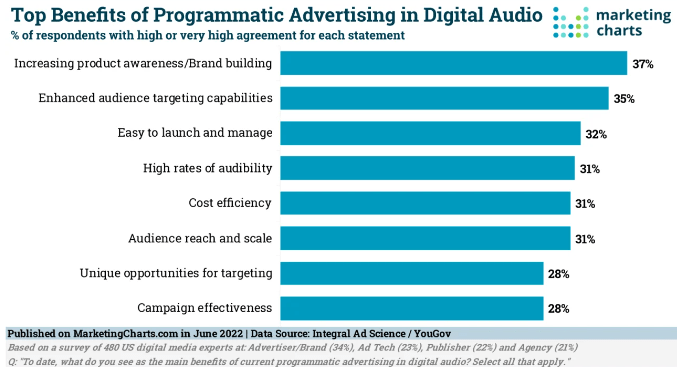
Easy to Reach the Younger Section of the Audience
If you are looking forward to reaching a younger tech-savvy audience – the GenZ and the millennials, audio ads can be a very effective medium.
These are the people who might already be in or are just entering their prime spending years. You will also get a chance to create long-term relationships with this audience, which will gradually take fruition of a higher Customer Lifetime Value or CLV over a period of time.
Better Targeting Options for Marketers
Following the trend of digital marketing in general, audio programmatic ads also help marketers optimize their targeting. Data procured from several audio partners can be used as leverage for targeting playlists, moments, moods, genres, etc.
These pieces of information can be used for targeting your audience, which will be based on demographics like online behavior, household income, and locations.
Improves Brand Awareness
Nielson Media lab reports that audio ads are supposed to have a 24% higher recall rate compared to other traditional ads. The specialty of audio is that it usually demands the full attention of the listeners. As a result, they tend to feel an intimate connection to whatever they are hearing.
So as far as listeners and brands are concerned, the receptiveness and the connections become quite better.
Seamless User Experience
Here ads are delivered one after another, and that means that the interaction between the audience and the user ads is guaranteed. This way, the listeners will be listening and concentrating on your ad only and will not be facing any distractions.
No Risk of Ad Blockers
Ad-blocking tools have not yet invaded the digital audio space. In fact, on the contrary, music streaming services offer special subscriptions, which are ad-free. The point to remember here is that most listeners, be it for music or podcasts, stream content that is ad-enabled.
This way, media buyers will be able to reach a valuable audience and grow ad revenues.
Take a Look at: 22 Best Ad Networks for Publishers [in 2023]
5 Top Audio Ad Networks for Publishers in 2023
Below, we have provided the details of the 5 best Audio Ad Networks for publishers in 2023:
Instreamatic – Voice Marketing Platform
Instreamatic is a voice AI platform which is designed to serve intelligent ads that people will be able to engage with. This also makes the user experience a lot better. As a result, your marketing efforts also become more efficient.
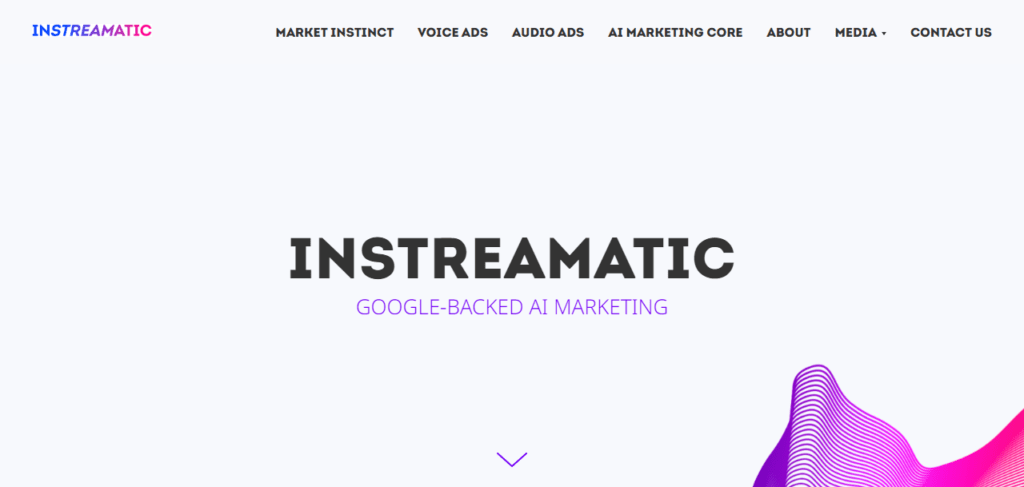
It works towards integrating Ad Networks, DSPs, Ad Exchanges, and trading desks for utilizing the SSPs from all the channels of sales. It also has the ability to manage every ad format, companion banners, and Alexa flash briefing under a single interface umbrella.
Key Benefits:
- Publishers will be able to benefit from higher fill and ad rates.
- The AI solutions remain open for media companies, app developers, ad agencies, SSPs, DSPs, and ad networks.
AdTonos – Digital Audio Advertising Platform
This is a marketplace-cum-platform meant for digital audio advertising. It has now reached all corners of the globe and has changed the game altogether.
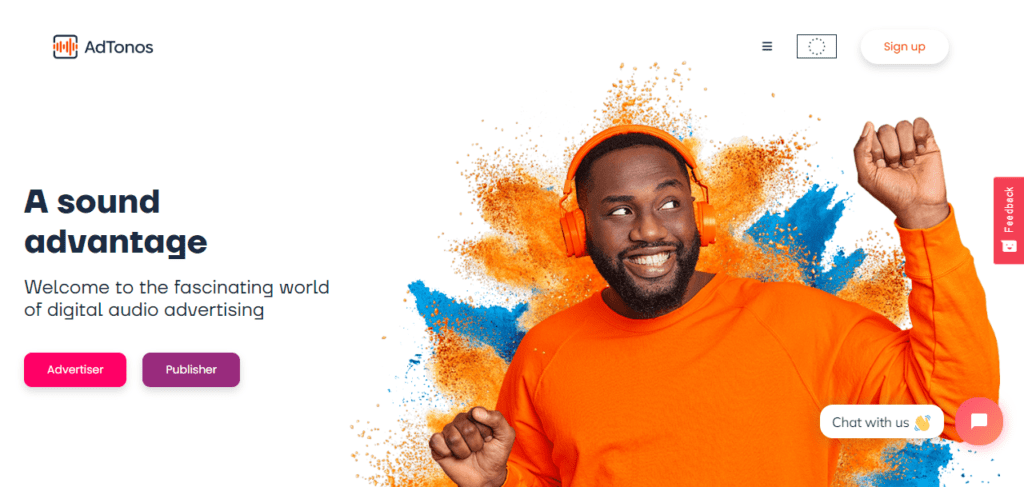
AdTonos is popular for working with the biggest brands and advertisers all over the world and goes on to serve millions of playouts of digital audio ad campaigns in mobile ads, radio, music streaming, and podcasts.
It has replaced the on-air commercial breaks with ads that are more targeted. As a result, spray-and-pray ATL ads have transformed into marketing that goes by pay-per-play.
Key Benefits
- The revenue is data-driven
- Very precise targeting and a UX that is extraordinary
Audio.ad – Digital Audio Ad Platform for Publishers
Audio.ad is popular in the market as one of the best digital audio ad solutions companies that serve trading desks and agencies via the audio-centric DSP. Its job is to efficiently connect the consumers with the brands with the help of digital audio.
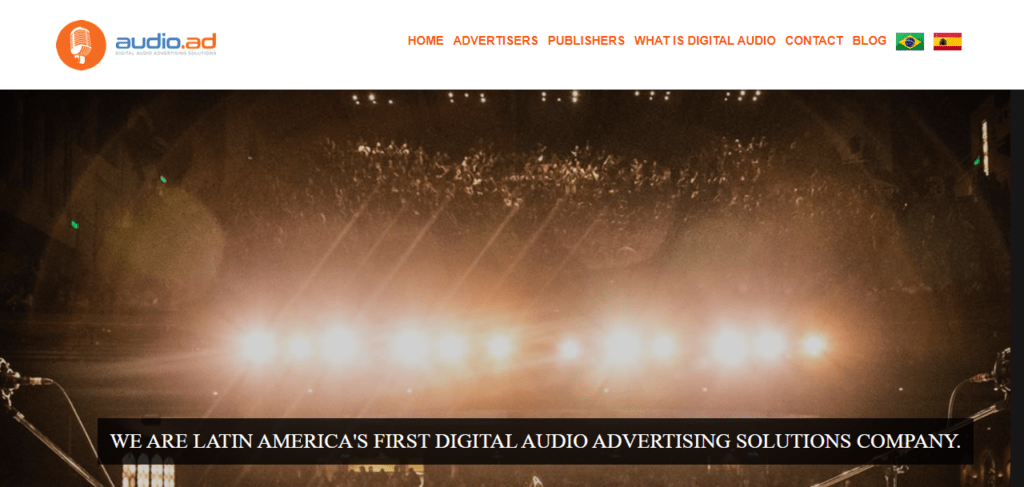
The audio messages here are precisely crafted to allow advertisers to generate more value. The audience is also captive because, as opposed to other media, people do prefer digital audio ads.
Key Benefits
- With Audio.ad, you can measure your audience engagement, and this allows the ad investment to be efficient as well as effective.
- Emotions are generated by sounds and voices.
Adswizz – Power of Audio & Technology for Advertisers
Among the top leading providers of platforms, Adswizz successfully connects the advertising community with audio publishers.
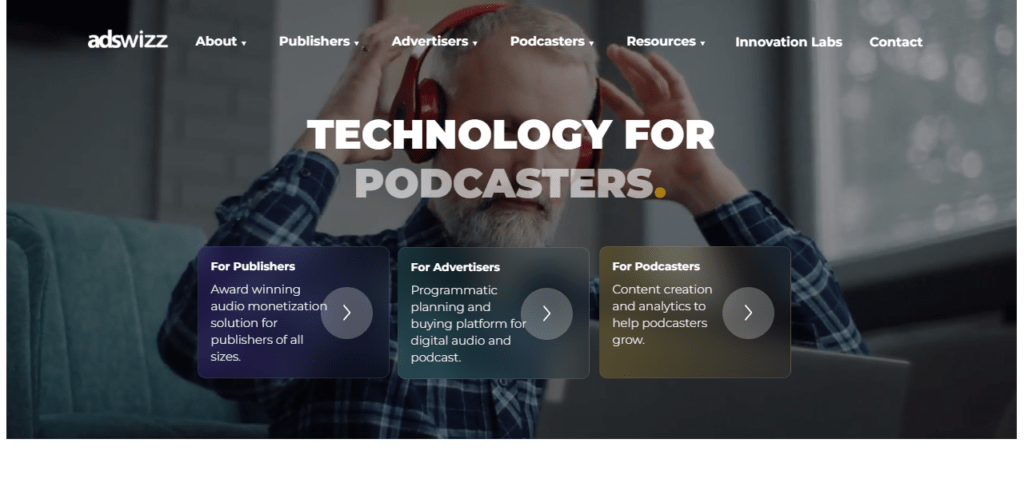
It can be defined as a comprehensive platform for monetization, which includes audio ad trafficking and dynamic insertion of ads, as well as a Supply-Side-Platform for enabling programmatic buying. It preserves the positive experience of the users and, at the same time, makes room for one-to-one targeting.
It is also capable of providing novel formats of interactive audio, which can shorten the path to the conversation.
Key Benefits
- Can aggregate supply of audio globally across various platforms.
- It can place ads in any place in a podcast and can assure the best listening experience along with extraordinary targeting capability.
Advoice – Powering Audio Ads
Advoice audio ad networks can help mobile operator monetize their incoming calls. In fact, their reach is the largest in this format. Their job is to serve audio ads to mobile customers by replacing the beep that is otherwise heard by the callers.
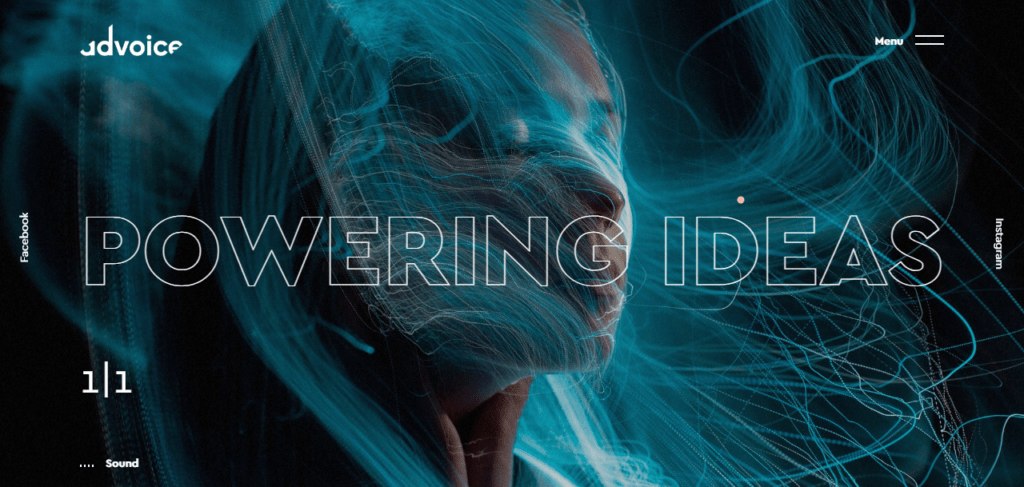
Operators also use Advice as an end-to-end solution, and it changes the caller tune with an AdRBT, i.e. Advertising Ring Back Tone, which is a way of serving audio ads to individual subscribers.
Key Benefits
- AdRBT has the capability to fetch measurable and guaranteed listenership.
- AdRBT does not require the internet to function and is thus capable of working on feature phones as well.
Best Practices for Programmatic Audio Ads
The most prominent part of programmatic audio is the message they convey. Starting from the script of the audio ads right to the voice actors who have worked on the voiceovers and background sounds, every detail is important for the message that is being conveyed through the ads.
In case you are thinking about starting your first programmatic audio campaign, these are the best practices which you should remember to really make it work:
- Give your Listeners an Incentive with a CTA or Call-to-Action.
- The Message you Develop for your Ad should be Precise and Clear.
- Use Music and Sounds to Instigate the Imagination of your Audience.
- Remember to Keep the Tone Conversational and Friendly.
- Brevity is Important as your Audience Needs to Remember What you are Trying to Say.
- Try to Test the Creatives to Avoid Ad Fatigue.
Ongoing Trends in the Programmatic Audio Ads (2023)
It is no news that audio media are gaining unprecedented popularity in the modern-day world, and hence trends have also started emerging around the digital advertising channel. Here are some of the trends that you should be aware of:
Growing Digital Audio Listenership
In the year 2020, more than a good 70% of adults in the US have been reported to have listened to audio content at least once in one month.
In 2022, around 66% of the population of the US of age 12 and older have listened to audio content at least once in one week.
There has been an increase of 5% in this category compared to 2021. This evidently proves the growing adoption of this channel.
Smart Speakers are Becoming Common
Voice assistants and smart speakers are nowadays filling our houses, and the trend is only growing.
In fact, by the end of 2022, as much as 1/3rd of US households will have smart speakers, and around 44% of the adults in the US will resort to voice assistants.
This is a clear indication of the fact that smart speakers are becoming more and more common every day.
Marketers are Using Programmatic Audio Ads as a Leverage
As far as B2B marketers are concerned, the audio ads format, in combination with the listening habits of the users, make this version of the programmatic ads a perfect option for targeting the interests, needs, and challenges of an enterprise.
This is being leveraged more by B2B marketers because, with this channel, they can increase brand awareness, target niche audiences, retarget qualified B2B users as well as educate the target audience.
Our Take on Programmatic Audio Ads
It is true that programmatic audio ads function better as a standalone campaign. But, they can also sufficiently complement your other programmatic channels quite successfully.
Considering audio is devoid of the need for screens and is emotionally engaging too, it attracts the listeners in undistracted moments. It automatically becomes ideal for adding to the multi-channel strategy that you have already adopted. Use the audio to work on brand awareness and convey brand personality. It would generate revenues better than you could fathom.
FAQ – Programmatic Audio Ads for Publishers
Programmatic audio advertising refers to the automated buying and selling of audio advertising spots through a software platform. This process allows advertisers to target specific audiences based on demographic and behavioral data.
Programmatic audio advertising works by using algorithms to match ads with available ad spots in real-time. The process starts with the collection of audience data, which is then used to target specific demographics. The ad is then placed in an audio content that is most likely to be listened to by the target audience.
Programmatic audio advertising offers several benefits, including increased efficiency, improved targeting, and data-driven insights. It also allows for real-time optimization and greater control over ad spending, making it a cost-effective option for advertisers.
Programmatic audio advertising can be applied to a wide range of audio content, including podcasts, streaming music, internet radio, and in-car audio systems. The key factor is that the content must be audio-based and capable of hosting an advertisement.

Deepak has a keen eye for detail and a deep understanding of the ad tech landscape. Whether it’s through in-depth articles, thought-provoking insights, or compelling storytelling, he’s dedicated to helping people navigate the complex world of ad tech with the simplicity of his words.
